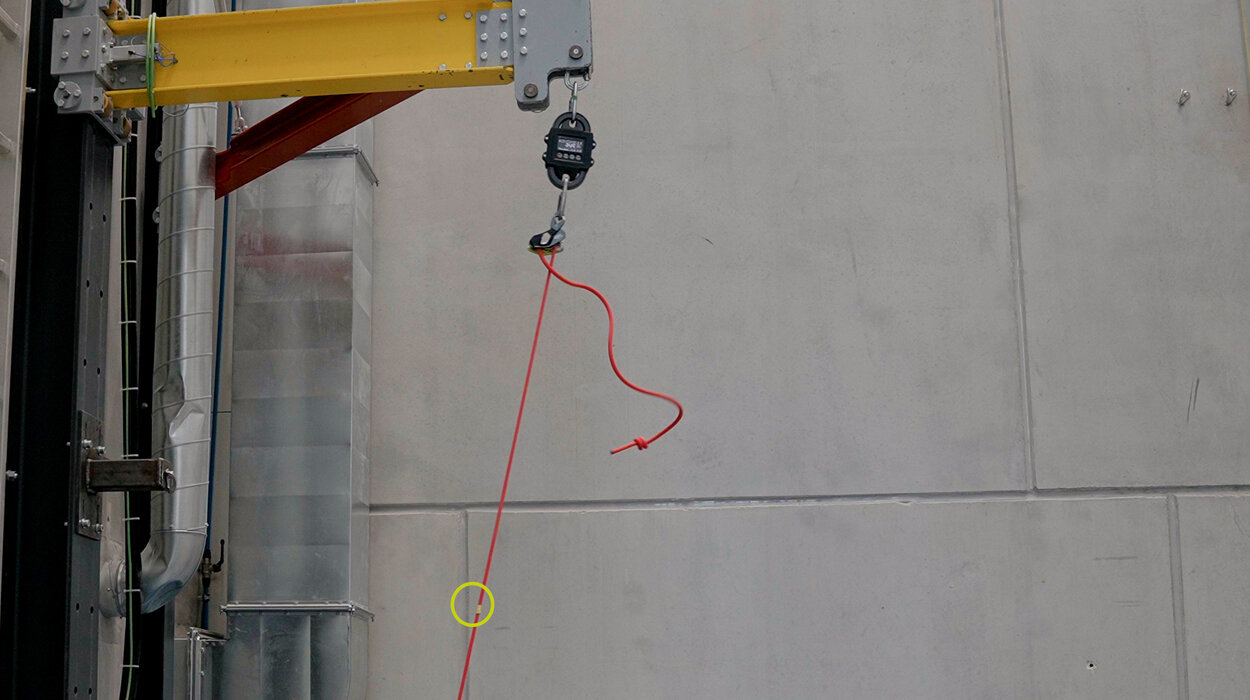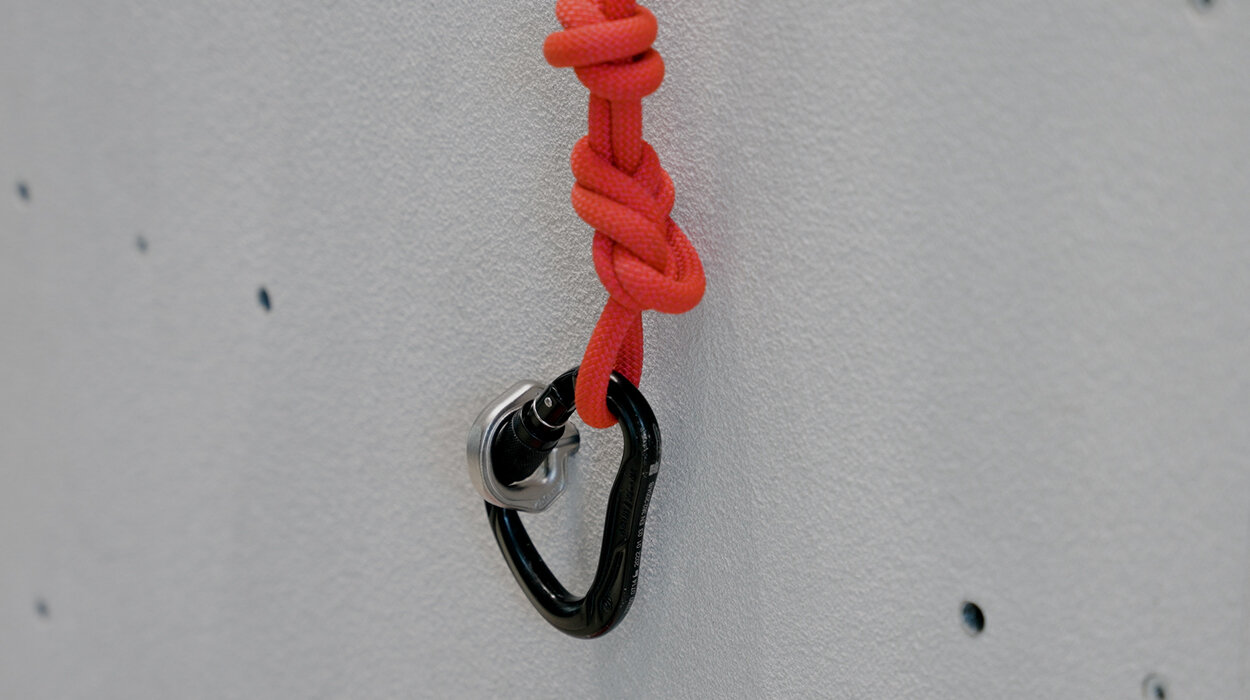In an LRS setup, often all three favourable factors are missing:
There is no brake hand on the rope, falls can occur directly or shortly after clipping the bolt high up, resulting in a very low impulse on the device, the rope can run through the device, static friction transitions to sliding friction, and the mechanism is not activated, and finally, the weight of the rope on the brake side is missing because the cache loop contains the brake rope and this moves downward with the falling person due to gravity, so it is weightless at the moment of the fall.
Additionally, the devices are often modified by users to better secure the device and facilitate rope feeding. At this point, the manufacturers of the devices are no longer liable for accidents resulting from device malfunctions. All manufacturers of these devices explicitly require the brake hand principle in their instructions, which cannot be met in LRS. Moreover, manufacturers exclude liability for unauthorised structural modifications to their devices.
We have conducted a series of tests on the use of braking devices according to EN 15151-1 in LRS, demonstrating that in the worst-case scenario—near the last bolt or immediately after clipping the bolt, with a medium-sized cache loop (about 1-3m of rope)—the entire length of the cache loop is typically pulled into the device until the minimal resistance of the cache loop attachment provides the necessary resistance to activate the camming mechanism.
Specifically, near the anchor, where the impulse on the braking rope in the device is low, one must expect a fall distance up to the end of the cache loop.
Counter measures:
Simply being aware of this risk can already be a countermeasure, as the climber can adapt their behavior in areas and situations of increased risk, for example by adopting a more defensive climbing style.
Especially above ledges or situations where there is a risk of impact, it makes sense to prepare several smaller cacheloops or to keep one cacheloop small in order to keep the rope run-through as low as possible in the event of a fall and failure to activate the device's clamping mechanism. Regular stop knots in the rope limit the fall distance beyond the safety of the cacheloops.
Residual risk:
Although the residual risk can be reduced by these measures, in terms of a realistic climbing flow, larger cacheloops will always be required and the risk of a further fall with possible injuries from impact or collision cannot be completely ruled out.
Note: In the course of the investigations for this publication, various device-rope combinations available on the market were tested and it was found that combinations exist which, although they comply with the approved standards, can cause severe rope damage and even rope breakage in the device in the extreme case of a factor 2 fall. A clear function of the combination used can only be determined by suitable tests or by consulting the manufacturers.










